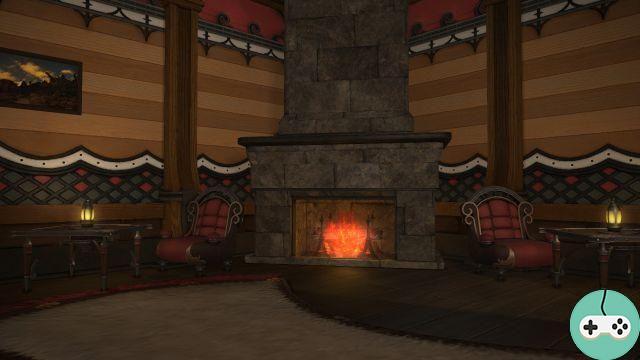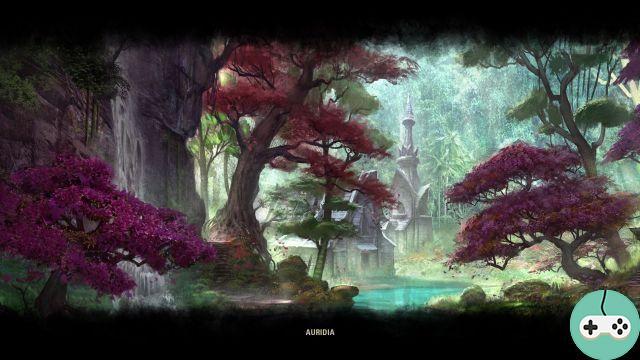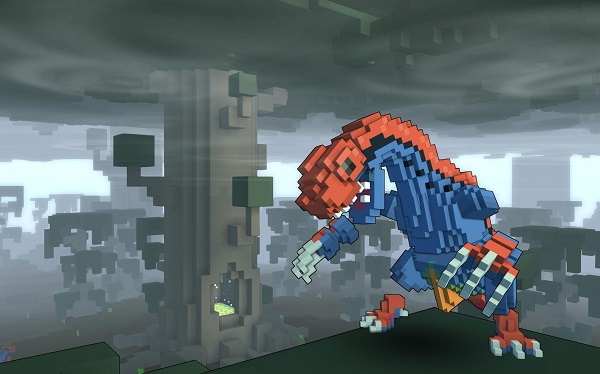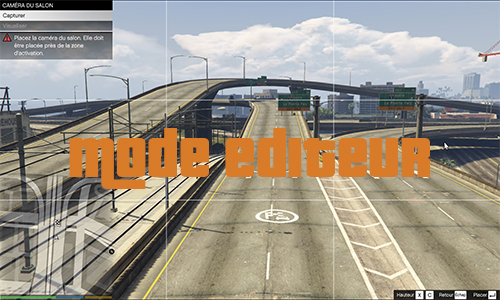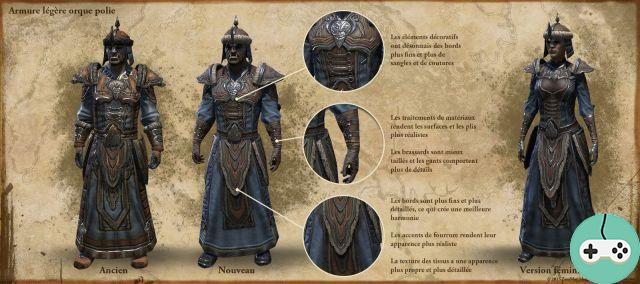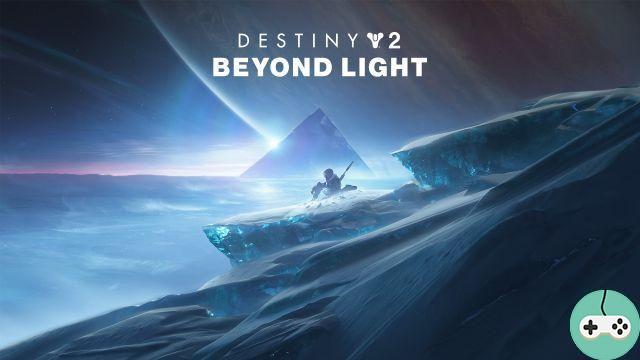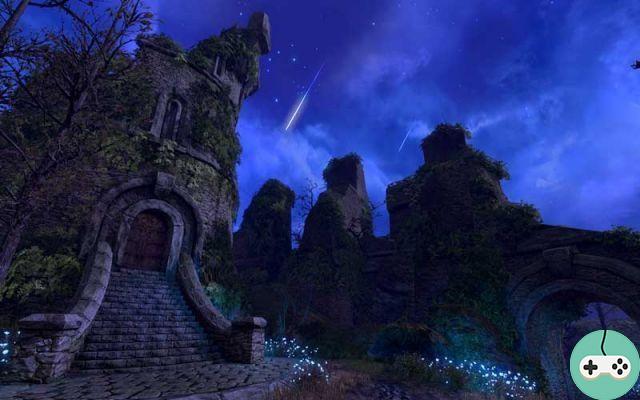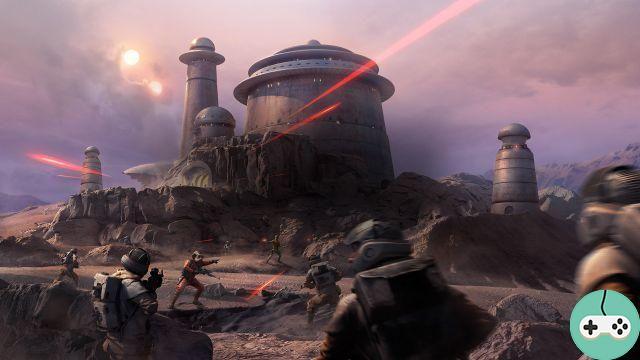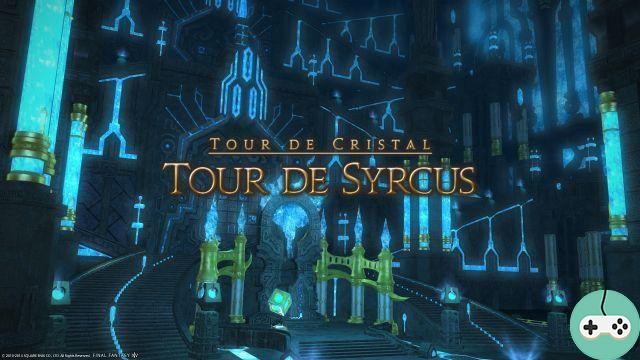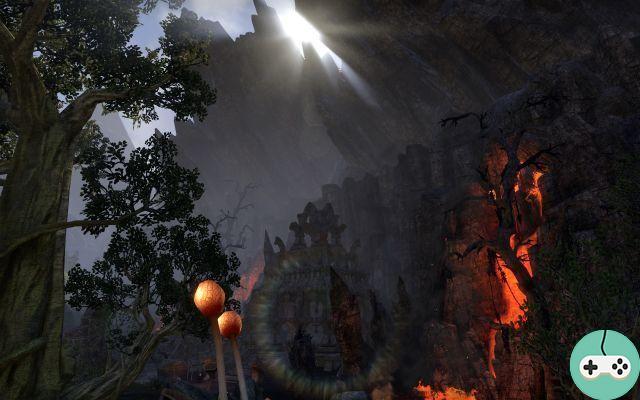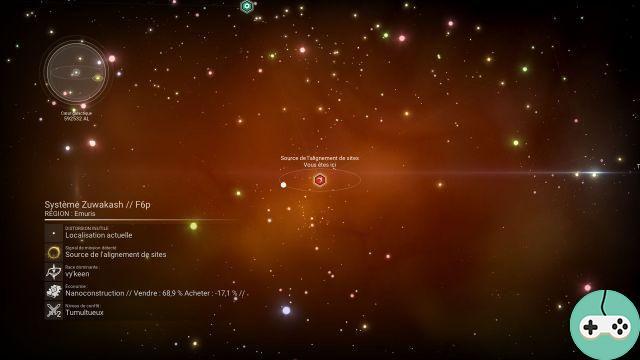
You can join the game at the best price thanks to CDKeys!
In No Man's Sky, it is possible to explore millions of planets, located in millions of systems. And there are a few useful things to know, because not all planets and systems offer the same things!
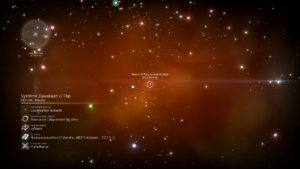
Solar systems all offer some specific peculiarities and are mainly defined by the type of stars. There are six types of stars (2 new ones appeared with the Next update). However, you will only have access to yellow star systems initially.
You will need specific hyperpropulsion reactors to reach systems with other types of stars. Be careful, the hyperdrive reactors must be installed on the ship, if you change ships (or if you have several), you will have to build them each time and install new ones.
The good news is that these are "blueprints" and once discovered you can craft them without limit, just like any other technology discovered!
- Yellow star (class G and F) - These are the most common systems.
- Red and orange star (Class M and K) - To achieve these systems, you need a reactor.
- Etoile Cadmium hyperdrive (formerly Sigma). These stars are less present than the yellows, but very present all the same. It is in these systems that you will find Cadmium and Rubeum.
- Green star (class E) - To achieve these systems, you need a Émeril hyperpropulsion reactor (formerly Tau). These systems are quite rare. It is in these that you will find a lot of Emeril and Viridium.
- Blue Star (class O and B) - To achieve these systems, you need a reactor Indium hyperdrive (formerly Têta). Like green stars, these systems are rare. It is in these that you will find a lot of Indium and Cymatygen.
- Uncharted Star (unknown class) - new type of star. The planets of this system are devoid of all forms of life, including in space (no station, no fleet or vessel).
- Abandoned star (unknown class) - new type of star. Much like the Uncharted stars, the systems are completely devoid of lifeforms, but additionally only feature ruins and abandoned structures on the surfaces of the planets / moons.
It is possible to know the type of star when you are on the galaxy map by simply selecting the system in question. If you have a savings scanner and one conflict scanner, you can also have more information. These can be known without having to join a system. Obviously, the economy and the level of conflict require specific scanners on your ship:
- The name of the system // the type of star-its characteristic.
- The name of the region in which it is located.
- The distortion distance to travel to reach the system (in Light Years).
- Signal sources.
- The dominant race in the system.
- The type of economy and its growth (requires the economy scanner).
- The conflict level (requires the conflict scanner).
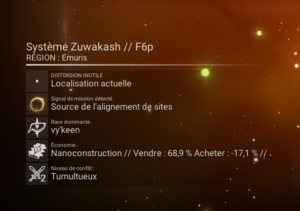
As you may have noticed in the picture, next to the name of the system, it is marked with the type of star (F), a number (6) and a second letter (p). It can be very important.
The first letter therefore designates the type of star, which you can refer to earlier in the guide.
The number corresponds to the temperature of the star in question, the higher the number, the hotter the star will be.
The last letter corresponds to the specificity that the star can have, which mainly influences the "visual" once in the system. Note that these specificities are real specificities, existing in our universe!
- E - Presence of emission line
- F - N III and He II emission line
- H - Magnetic white dwarf without detectable polarization
- K - Spectrum with interstellar absorption characteristics
- M - Presence of metal stripe
- N - Wide ("diffuse") absorption caused by rotation
- P - Particularity of the indefinite spectrum, chemically peculiar star.
- Q - Presence of a red or blue shift
- S - Narrow absorption lines with clear contours
- V - Variable spectrum (also noted "var")
- W - Thin lines (also noted "wl" or "wk")
Minute science: What is a line? I can already see the smart kids coming with the jokes going under the belt, that has nothing to do with it! A spectral line is a line located in the electromagnetic spectrum. It is the result of the interaction between atoms / photons and electromagnetic radiation generated by an object (in this case, a star). Each existing substance gives a line of very specific absorptions and emissions, which is what makes it possible to know the chemical composition of stars, but also a lot of other things such as planets, gases, etc.
Signal sources do not always appear in the information panel. These are only present if in the system in question, you have, for example, a quest, or discovered a place in this system, from another system.
The dominant race is something important to take into account, even if it doesn't seem to be the case at first glance. Already, because you may prefer to have contact only with the same species (to learn a specific language faster), but also in relation to the types of vessels that you can possibly research. For example, a system belonging to the Gek will have more "Transporter" type ships. In rare cases (especially in newer system types implemented with the NEXT update), a system will have no dominant race, as no intelligent life form will be present in the system in question. There may be buildings, but they will be abandoned and empty.
The economy is also important information. It is divided into two categories: the type of economy and its development. The type represents ... the type of economy? There are seven different types:
- Mining.
- Trader.
- Hight-Tech.
- Scientist.
- Manufacturing.
- Energy.
- Advanced alloys.
You will understand, if you want to sell ore, it is better to avoid mining systems, the latter being full and buying them back at a very low price. Conversely, if you have a high-tech item, there is a good chance that a mining system will buy it from you at a very good price!
The second category is its growth, or its wealth if you prefer. This affects the resale price of your resources, but also and above all, the amount of resources that merchants have! The economic boom is divided into 3 main parts, which themselves have several sub-categories.
- System with low growth (common system):
- Neophyte
- Few resources
- Unsuccessful
- Not very promising
- Destitute
- In trouble
- In decline
- Bankrupt
- Medium boom system (common system):
- Acceptable
- Average resources
- Viable
- Promising
- Satisfactory
- Balanced
- In expansion
- Easy
- Highly booming system (very rare system):
- Booming
- Lots of resources
- Prosperous
- Flourishing
- Advanced
- Fortune
- Riche
- Opulent
And finally, the level of conflict. This is also important to take into account, especially if you want to avoid getting into the system and being disintegrated after 30 seconds! There are three levels of conflict:
- Level 1 - Low. In these systems, you will be safe. The pirates are almost absent, they will not come to scan your ship or attack you, and the rare space fights that will take place there, will make you face relatively weak and not very resistant ships.
- Level 2 - Moderate. In these systems, hackers often attack convoys and can have a bounty on them. If you kill a pirate with a bounty, you get that bounty. They may sometimes scan your ship and attack you, but rarely will they be more than 2 or 3.
- Level 3 - High. This is the highest level and therefore the most dangerous. In these systems, you will rarely have time to breathe. The pirates will have powerful ships, they will scan you very often (sometimes, as soon as you arrive in the system or when you leave the station or a planet, you will be scanned), and they attack in numbers (4-5 ships on average). System to be avoided if you don't have a good, well-equipped ship. And system to be avoided if you start the game!
However, some systems have a very different star classification. These systems, which are very rare (and unique for one of the cases), will house within the system itself, one of the following elements:
- A black hole.
- An Atlas interface
- The center of the galaxy - only one system per galaxy has this classification, the one located ... in the center! (Thanks Captain Obvious!)
Now you have everything you need to choose the system that suits you best!
You can join the game at the best price thanks to CDKeys!







